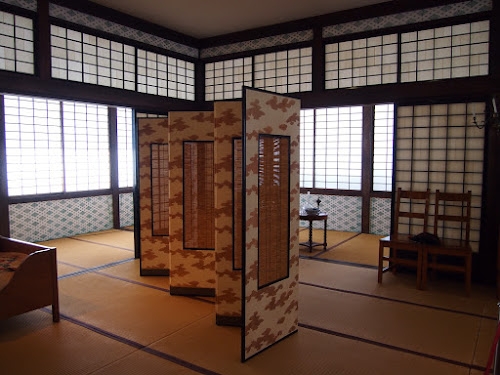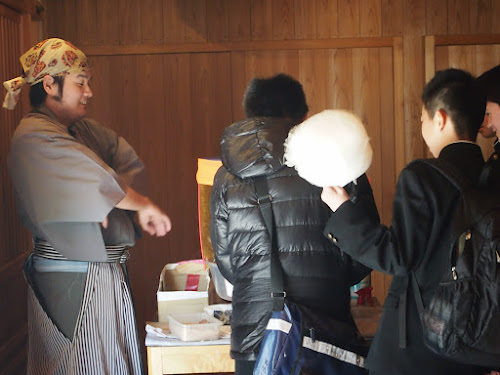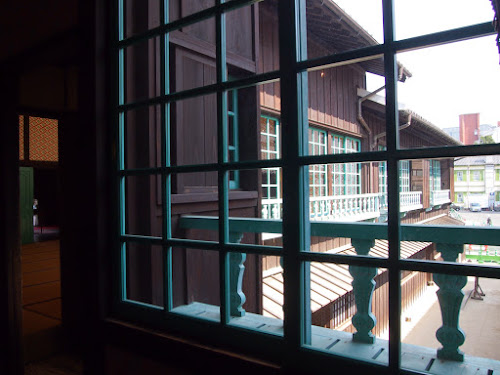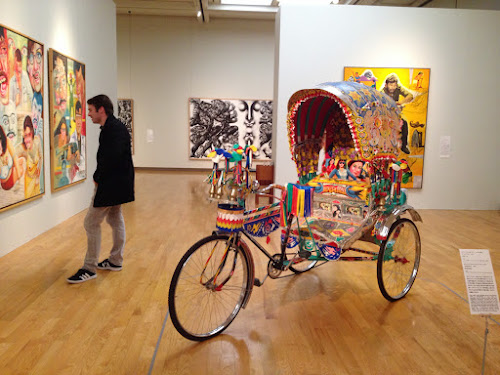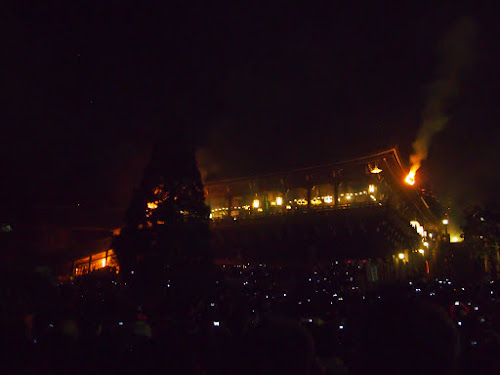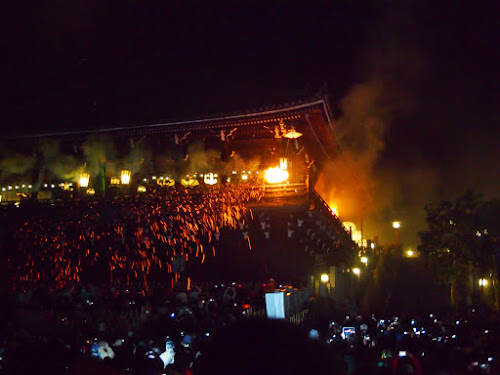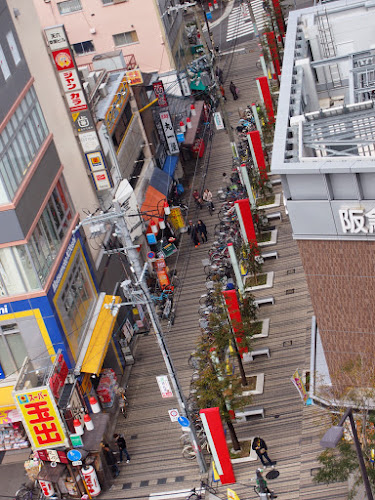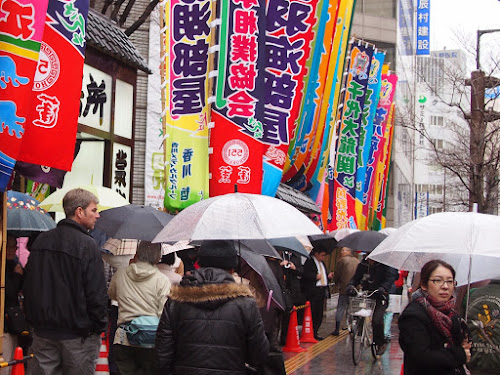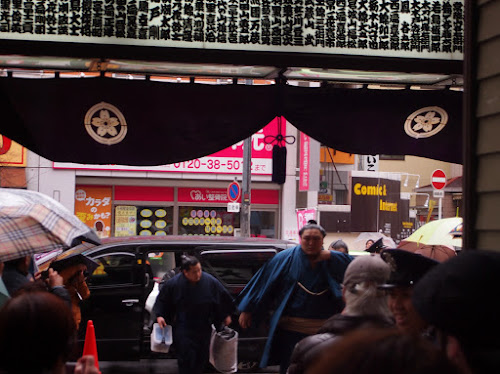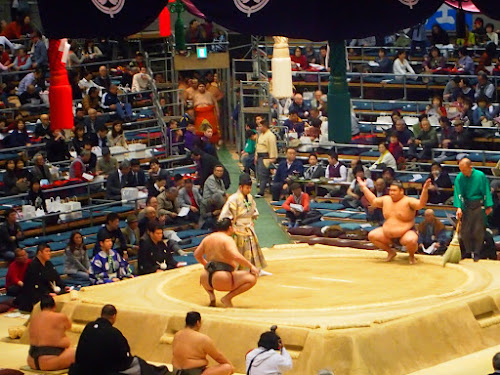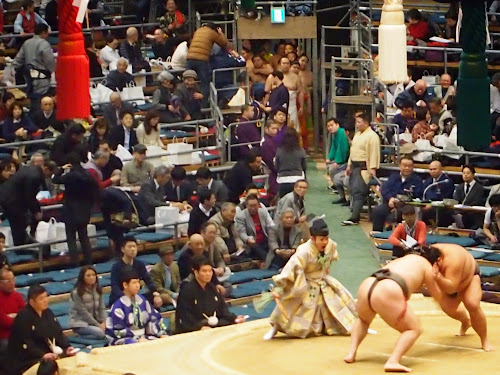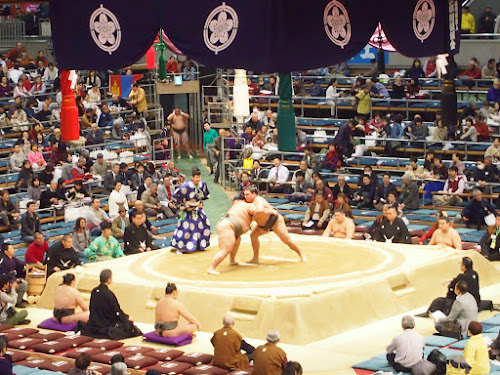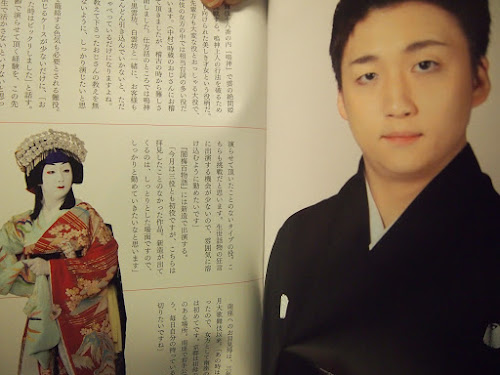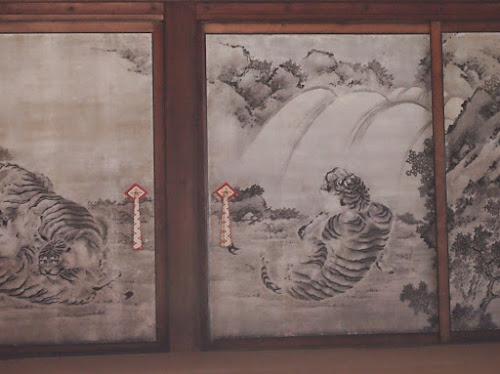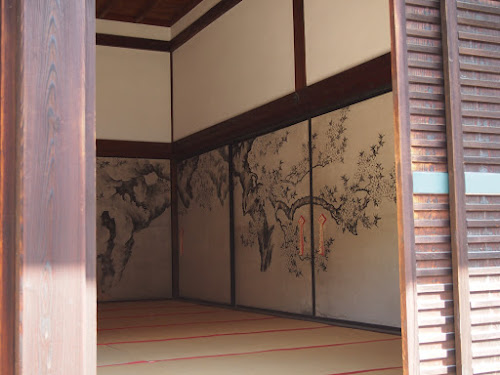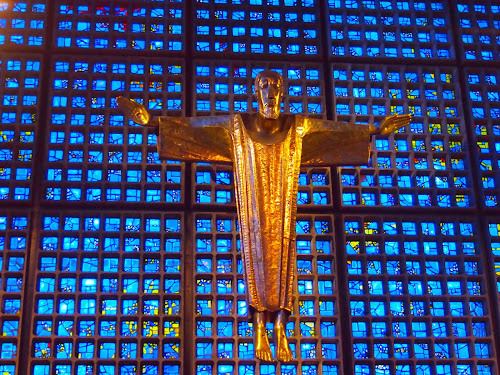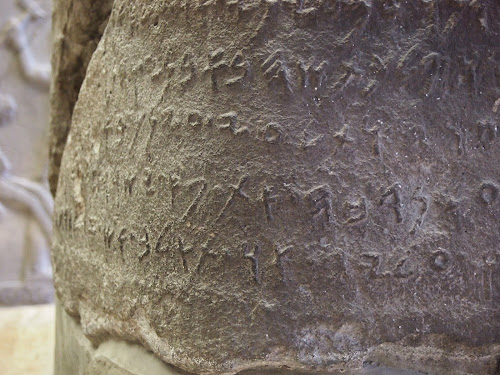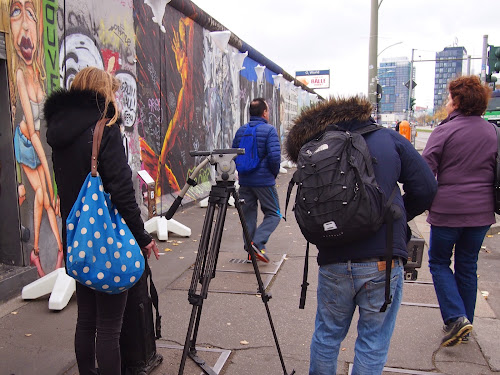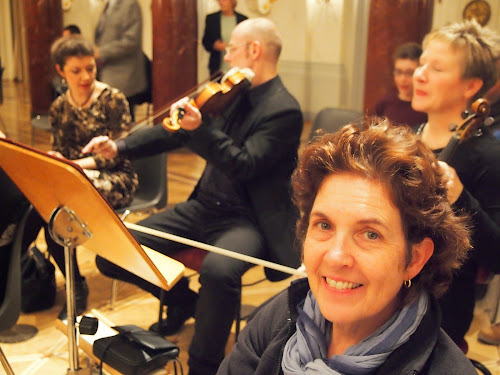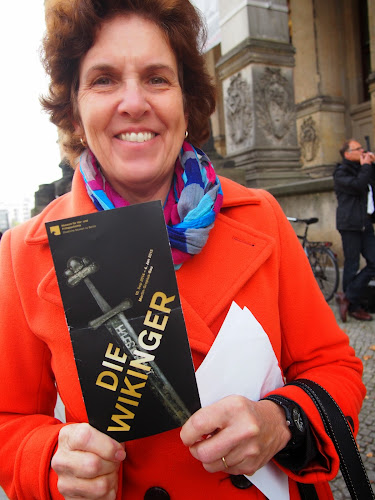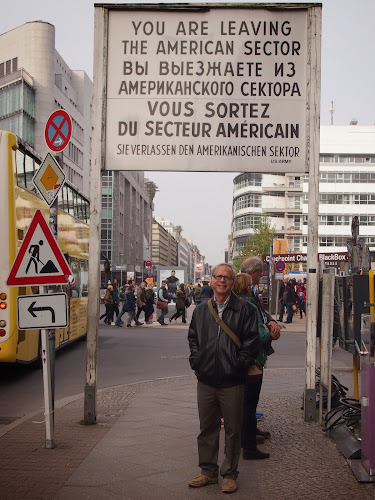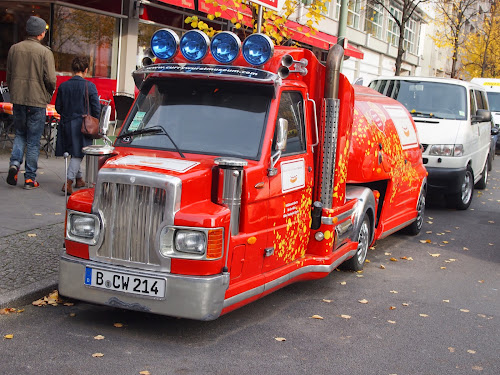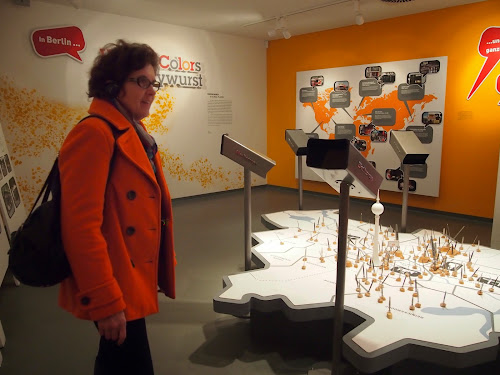Ah . . . the initial motivation for our trip to Berlin, an exhibit put together by the Danish National Museum, the British Museum and the Martin-Gropius-Bau Museum here in Berlin. As photos were not permitted, words will have to suffice.
As we pointed out in our post from L’Anse Aux Meadow, the Vikings have been reappraised in recent years. They are no longer seen by scholars as merely bloodthirsty debauchers, pillagers, rapists and all-around scoundrels. That was apparently the norm in those days and, in any case, it was their enemies who wrote their history. They are now recognized as having had a well-established and capable society that held sway over a very considerable area for a few hundred years.
They came to control Ladoga in present day Russia and were invited by the Russian princes to establish control over what were fractious Russian tribes, founding what became the Rurik Dynasty of the Kievan Rus’ (see our postings from Russia). They provided the guard to the Byzantine emperors (the Varangian Guard). They founded the first towns in Ireland (and, we’re told, are responsible for the red-headed among the Irish). They, as we all know, established at least one base camp in North America. And, without the Vikings, how could Wagner have written The Ride of the Valkyries? Need we say more?
By the way, we do have one correction to a prior post from Newfoundland. We reported that, according to our Parks Canada interpreter, only one metal Viking helmet had ever been unearthed. We saw three in the exhibit, although we can confirm that they did not have horns. There was one skull with teeth filed down to provide a fearsome impression, but that’s not unique among the world’s peoples. There were also a lot of swords, including Ulfberht swords. These Frankish swords were the best money could buy in the 9th century and were favored by the Vikings. Sometimes their enemies would dig up the graves of Viking warriors just to have the best in modern weaponry.
You just might think there’s a conspiracy to bring the Vikings back to full respectability or perhaps mount a campaign to take over the world in their name when you realize that something you use every day is named after the king who united the Danish tribes and converted them to Christianity. The Bluetooth logo is a combination of the runes used to create the initials of none other than Harald Bluetooth (died 985).


We went next door to the museum built on the site of Gestapo headquarters to become immersed in true evil. The Topographie Des Terrors demands a lot of reading and studying seemingly countless photographs documenting the rise of Hitler and the SS. It is horrifying to see photograph after photograph of both cheering crowds and of people lined up for processing or execution or detention, middle-aged men in suits, some portly and some thin, with their arms raised facing a wall or of village women and children tied to ropes held casually by soldiers pausing for a photo op. A lot of people were making their way patiently and soberly through the exhibits. There were groups of school children and a few foreigners, but mostly Germans reading intently. It makes you wonder whether the rest of us will continue to remember the lessons of the twentieth century.


In front of the Terror museum a block long section of the Berlin Wall has been preserved and we found a preserved East German guard tower near Potsdamer Platz. One grim period followed another, although we are beginning to find opportunities for humor in thinking about the division of the city and of the country until just 25 years ago. In comparison, it is a lesser wound to heal. Nonetheless, the partition of Germany was certainly not a time to recall with affection.
Down the street is Checkpoint Charlie, the most famous crossing point between East and West Berlin during the occupation. It was a frightening place in those days with incredible anxiety on both sides. Many Germans died trying to escape to the west over the wall and this was one of the few ways to make it through without being killed.
The Currywurst Museum is a short walk from Checkpoint Charlie. It is a delightful celebration of a very popular street food. What, you may ask, is currywurst? In brief, it is slices of sausage topped with a tomato/curry sauce that you eat with a tiny fork off a paper plate. It’s quite delicious. The museum cleverly intertwines stealth history lessons in their kitchy presentation.
It seems that currywurst was invented during the Russian blockade of West Berlin, during the time of hardship when provisions of any kind were hard to come by and cigarettes were the currency. A housewife experimented with tomato sauce and the British curry powder no German had a use for and ended up opening a small chain of currywurst stands.
To round out the day, we made our way to KaDeWe (“caw day vay”), the famous Berlin department store. The food emporium is on the sixth floor and has a series of little cafe bars. We perched on the stools at one to rest ourselves and enjoy some cappuccinos and a lovely German pastry before taking the U-Bahn to the stop near our hotel. So far, Berlin has been living up to its reputation as a dynamic and accessible city filled with a fascinating mix of people. We’re enjoying being part of that mix.



